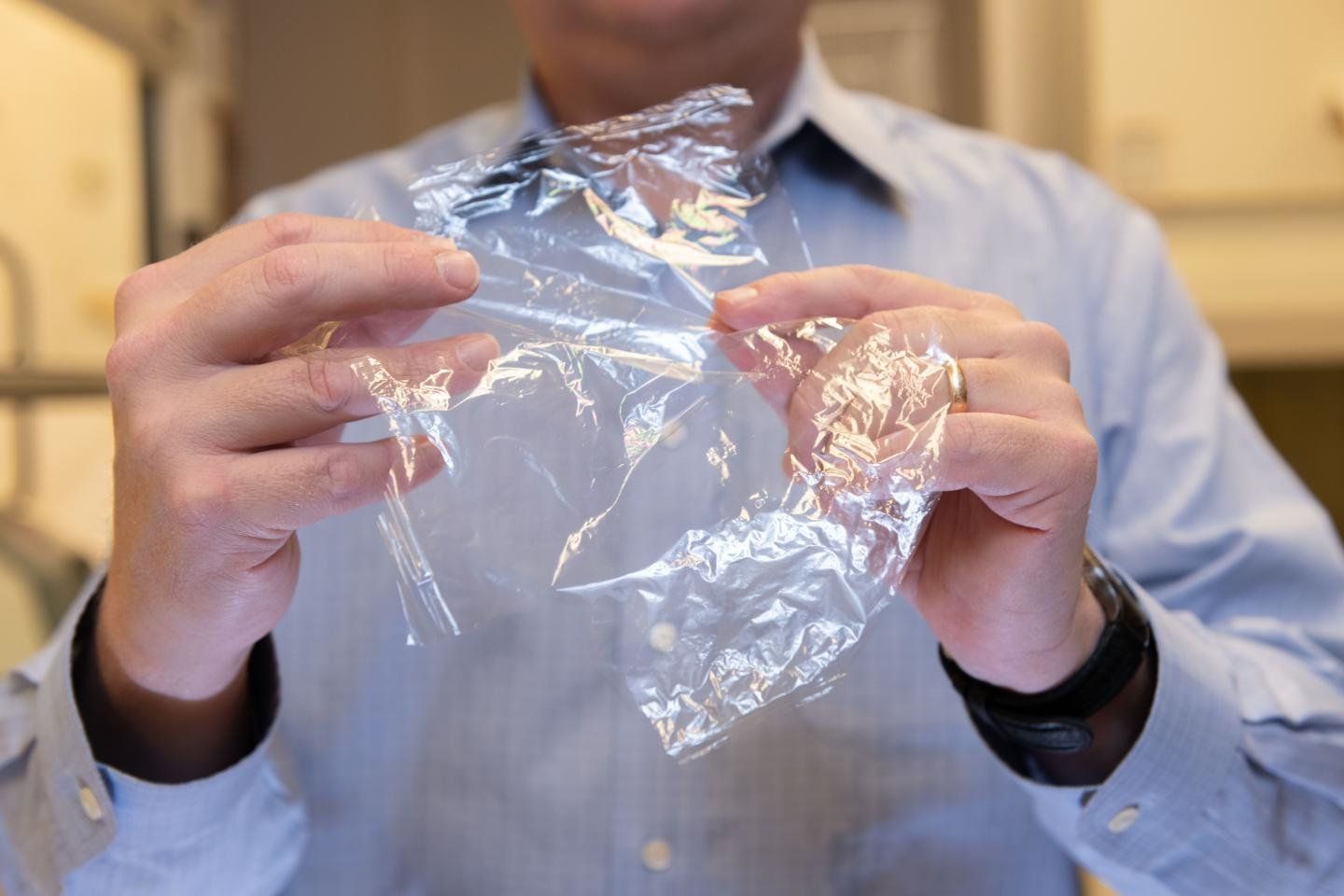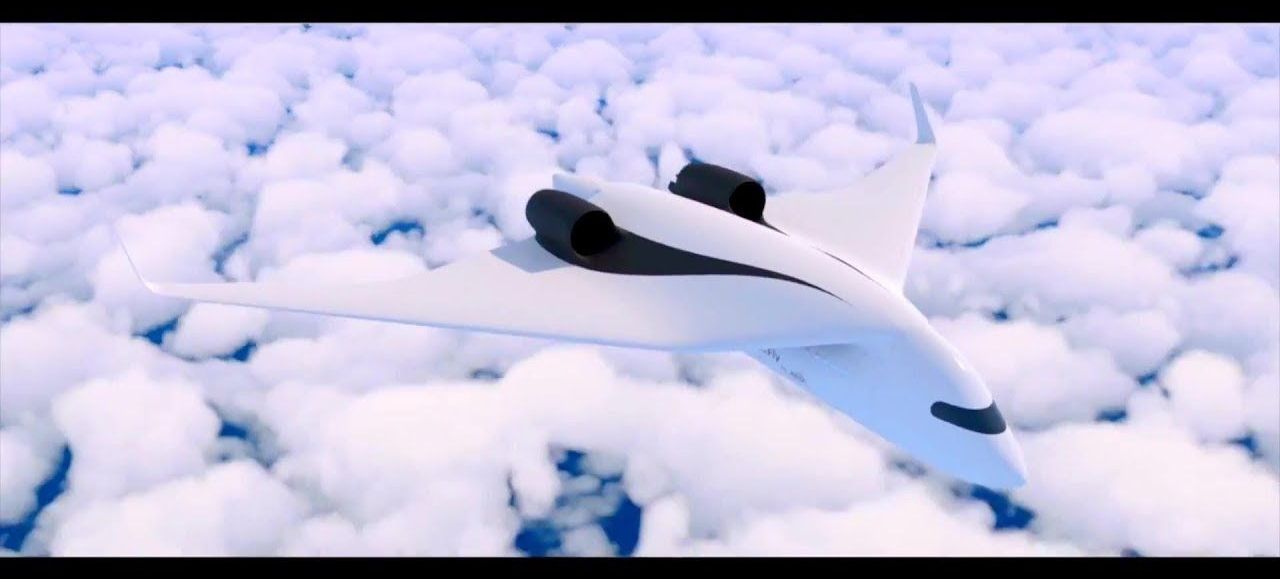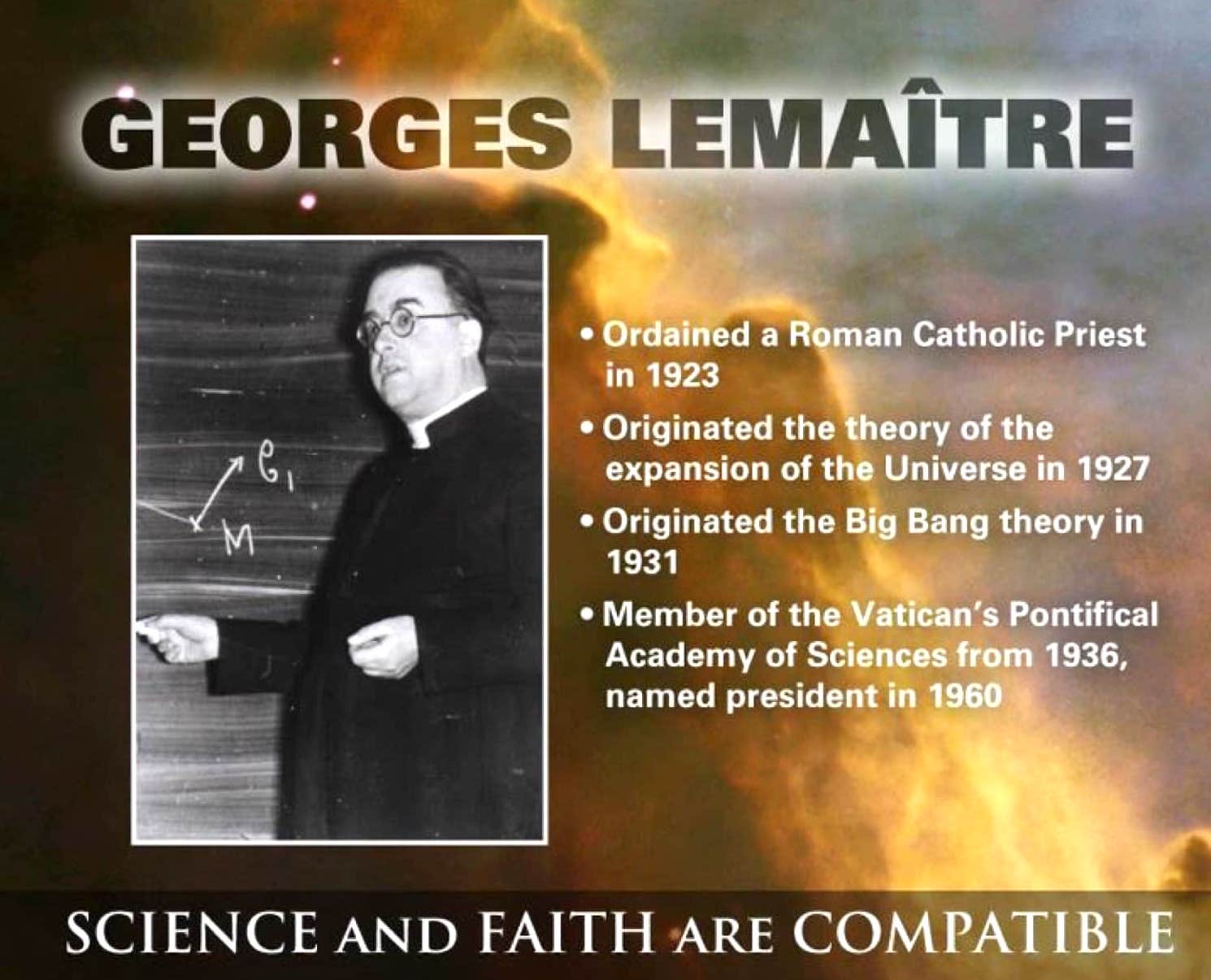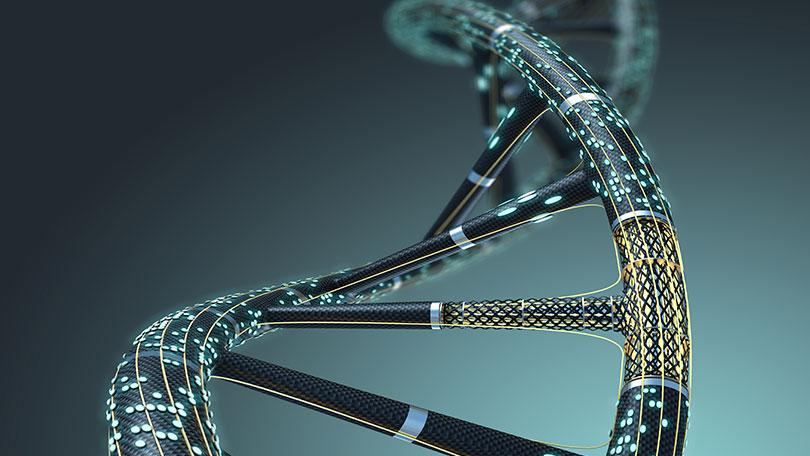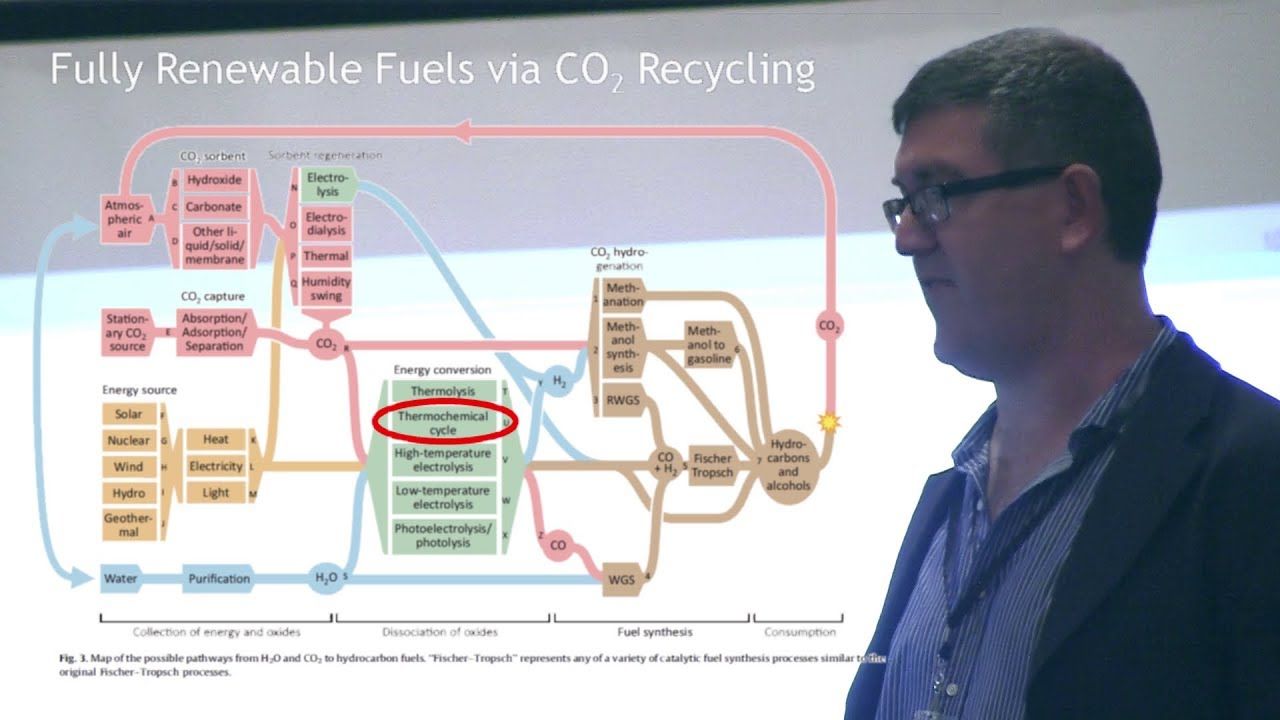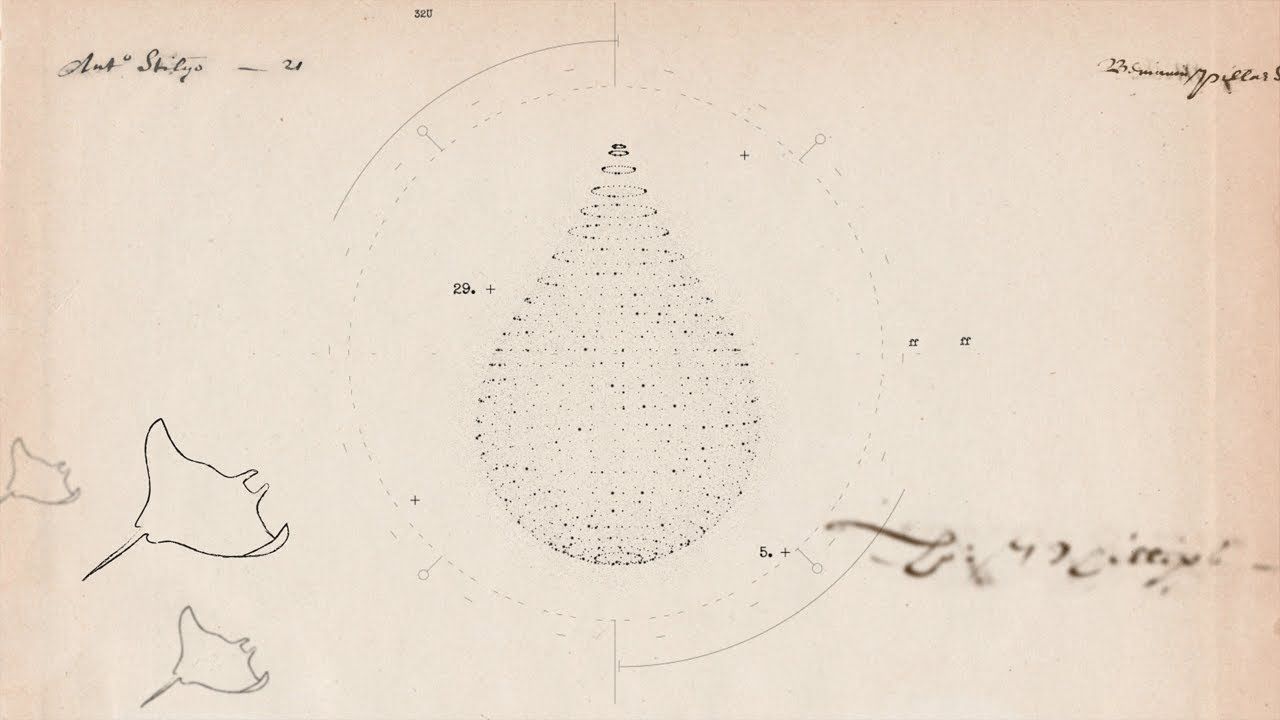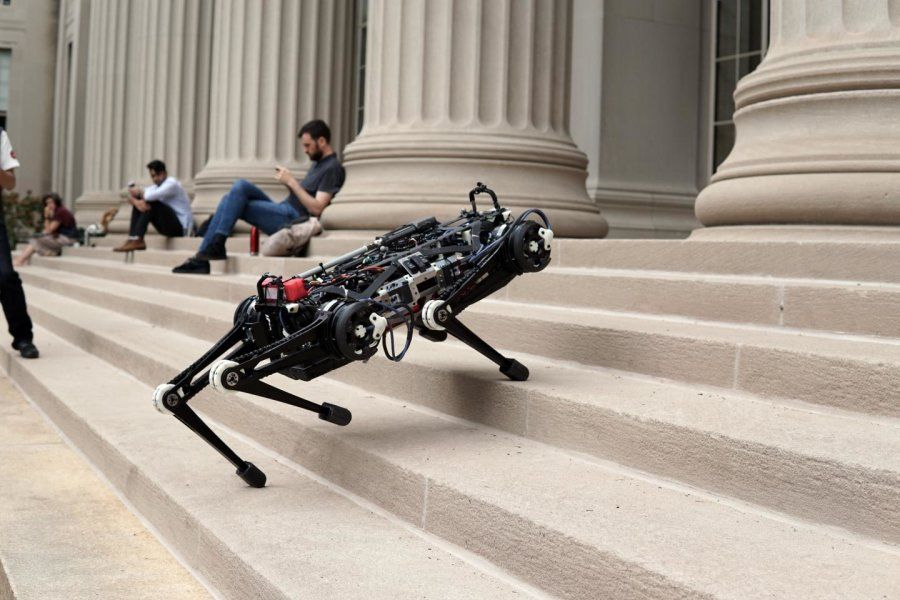Jul 23, 2018
Material formed from crab shells and trees could replace flexible plastic packaging
Posted by Bill Kemp in categories: chemistry, engineering, food, sustainability
From liquid laundry detergent packaged in cardboard to compostable plastic cups, consumer products these days are increasingly touting their sustainable and renewable origins.
Now researchers at Georgia Institute of Technology have created a material derived from crab shells and tree fibers that has the potential to replace the flexible plastic packaging used to keep food fresh.
The new material, which is described July 23 in the journal ACS Sustainable Chemistry and Engineering, is made by spraying multiple layers of chitin from crab shells and cellulose from trees to form a flexible film similar to plastic packaging film.
